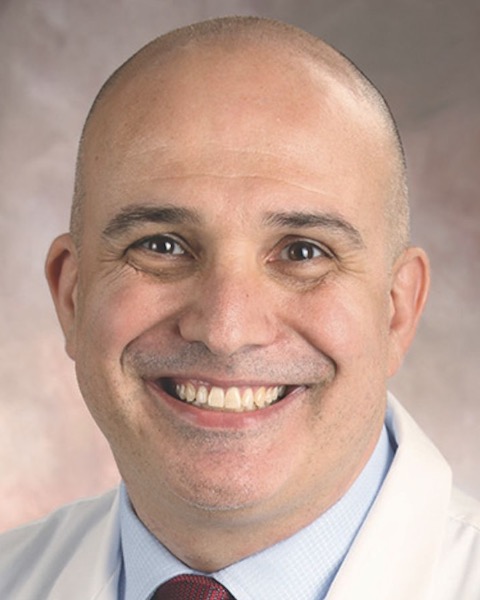Congenital
Category: How I Do It Surgical Video
Surgery For Anomalous Left Coronary Artery Origin From The Right Pulmonary Artery With Proximal Stenosis
B. Alsoufi1, J. Kurtz2, D. Kozik2
1University of Louisville, Prospect, Kentucky 2University of Louisville, Louisville, Kentucky
1University of Louisville, Prospect, Kentucky 2University of Louisville, Louisville, Kentucky

Bahaaldin Alsoufi (he/him/his)
Chief of Pediatric Cardiac Surgery
University of Louisville
Prospect, Kentucky, United States
Presenting Author(s)
Disclosure(s):
Bahaaldin Alsoufi, n/a: No financial relationships to disclose
Please explain the educational or technical point that this video addresses.: This is a rare form of ALCAPA in which the origin of the LCA is from the right PA and not main PA, also in which the proximal LCA is stenotic, thus making the repair more challenging.
Please provide a 250 word summary of the surgical video being submitted.:
Introduction: We report surgical management of rare anomalous left coronary artery from pulmonary artery (ALCAPA) case with left coronary artery (LCA) origin from right pulmonary artery (RPA), plus evidence of proximal stenosis.
Patient: 6 months old asymptomatic child found to have possibly large coronary fistula on echocardiogram. CT-angiogram showed LCA originating from RPA. Angiogram showed LCA from RPA with proximal stenosis.
Surgery: Cardiopulmonary bypass was established with aortic and bicaval cannulation. The anomalous LCA was dissected. The branch pulmonary arteries were snared at the hilum. The aorta was cross clamped and cardioplegia administered simultaneously into aortic root and main PA. The LCA was detached from the RPA. The coronary was properly oriented and probed and the stricture was confirmed. The LCA was tacked to the adventitia of the ascending aorta at chosen transfer site. An adequate aortic opening was created above that and the top end of LCA was sutured to the lower end of that opening. A dorsal cutback was created in the LCA, passing the stricture area. The coronary artery was augmented with an autologous pericardial patch that was used also to close the aortic opening, thus completing the LCA implantation. The RPA opening was closed with a patch. The patient did well and had a short uneventful recovery and was discharged home with normal mitral and left ventricular function. Follow-up CTA showed widely patent LCA origin from aorta.
Conclusion: Coronary transfer and augmentation was performed successfully in this infant with rare form of ALCAPA and proximal stenosis.
Learning Objectives:
- Useful surgical technique to treat a challenging and rare ALCAPA patient with unusual origin of the anomalous coronary plus proximal stenosis.
